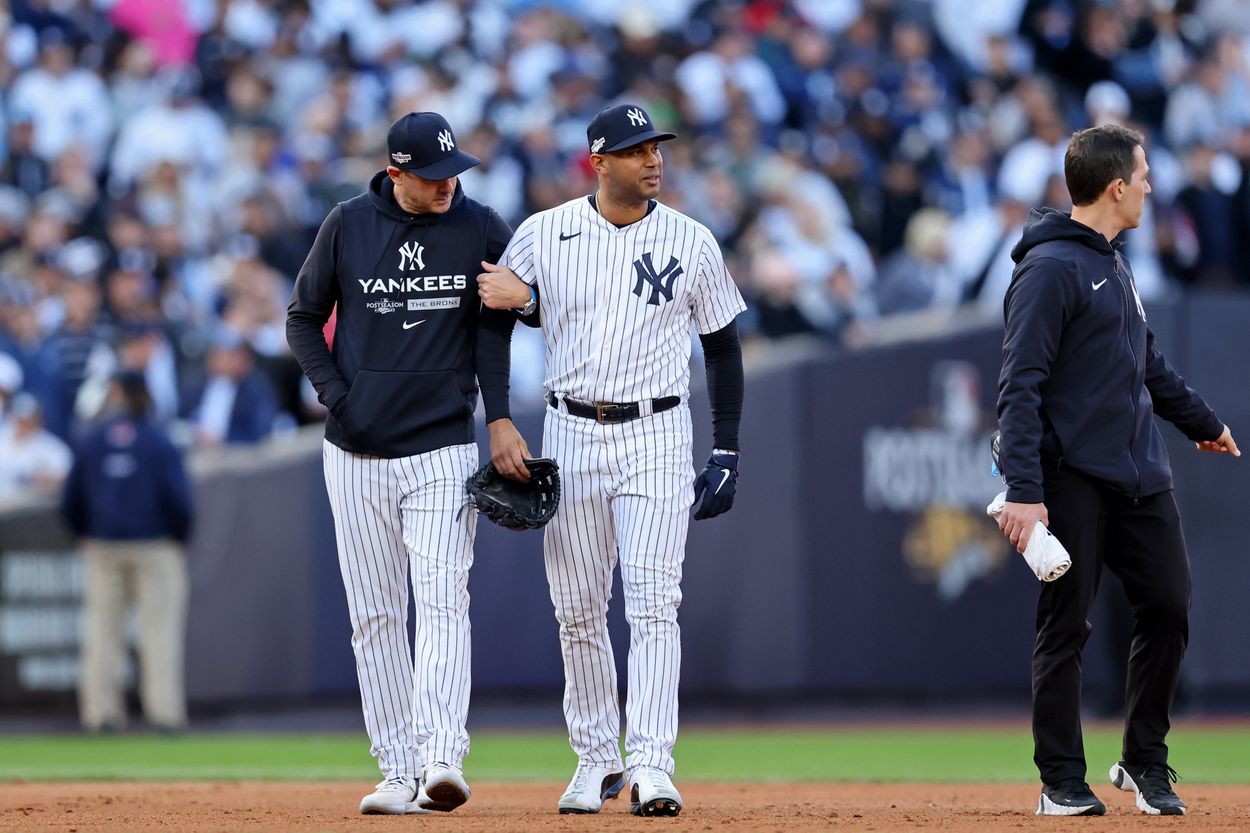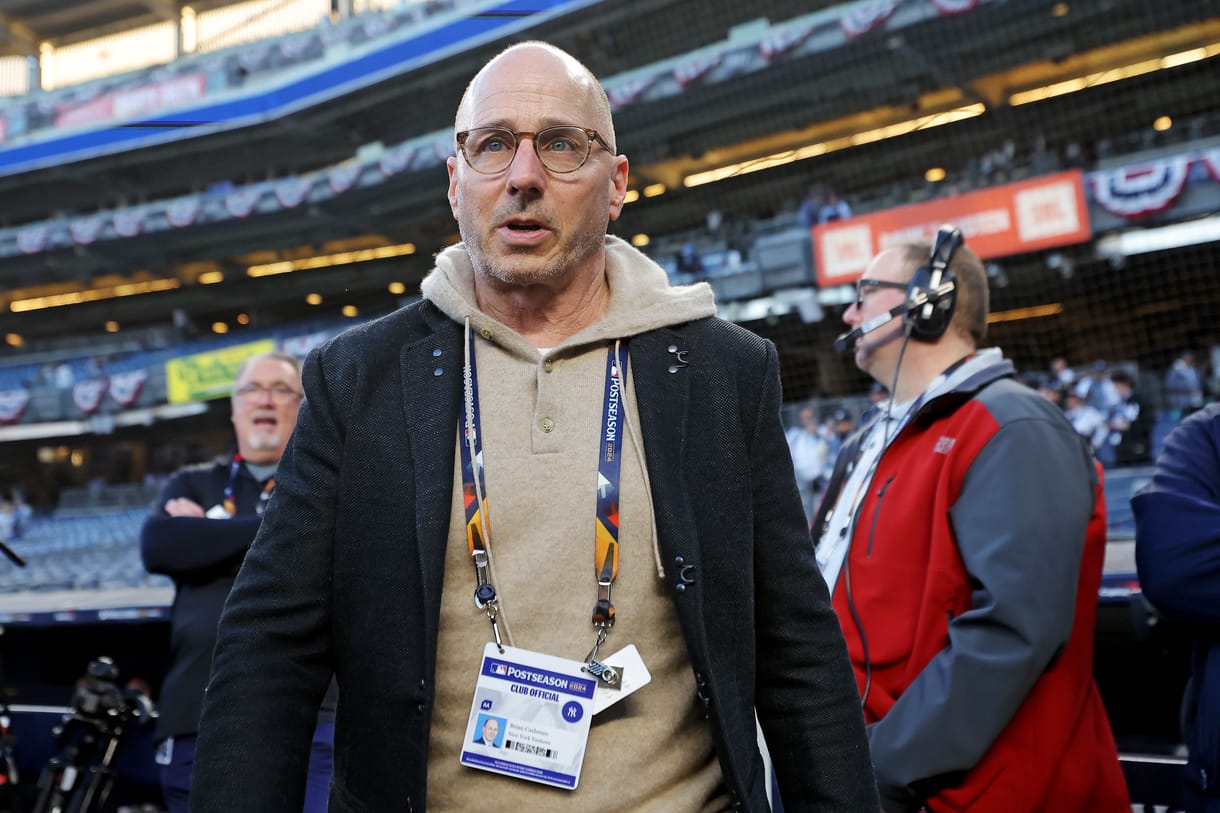
For the first time in years, the New York Yankees can look at their payroll and breathe… to a degree. The team regularly brushes up against the MLB’s highest luxury tax threshold, and the front office has roughly $70 million to work with before hitting the $300 million mark this offseason. In Yankee terms, that’s not just flexibility — it’s opportunity.
This isn’t about a spending spree for the sake of headlines. It’s about recalibrating after a year that exposed both roster imbalance and aging contracts. With key needs across the infield and outfield, the Yankees now have the financial room to pursue meaningful upgrades through free agency or trade.

The ghost of Aaron Hicks finally fades away
Part of that new freedom comes from the long-overdue disappearance of Aaron Hicks’ contract. The Yankees owed him $10.8 million in 2025 despite the fact that he didn’t play a single inning for them — or anyone else — this season.
Hicks’ brief stint with the Los Angeles Angels in 2024 ended after just 18 games, and by 2025, he had effectively retired from the sport. The Yankees still owe him $1 million in deferred salary next year, but compared to last season’s figure, it’s a small price to pay for closure.
In a way, Hicks’ deal serves as a reminder of how suffocating bad contracts can be. His final years in pinstripes became symbolic of a front office too tied up in past mistakes to fully evolve. That chapter is finally over, and now those dollars can be redirected toward players who actually move the needle.
Adding a depth outfielder or more bullpen support will be at the top of the list. They might be able to bring in a player like Harrison Bader for that price.
What $70 million really means for the Yankees
The Yankees’ payroll flexibility gives general manager Brian Cashman and his staff a chance to be aggressive, but not reckless. With major commitments still tied to Aaron Judge, Gerrit Cole, and many others, they can’t afford to spend blindly. Instead, that $70 million represents the margin between stagnation and transformation.
It could mean pursuing a marquee name — someone who can anchor the lineup or stabilize the rotation — or spreading the funds across multiple contributors to deepen the roster. The team has spent heavily before, but this offseason feels different. There’s both the pressure to win now and the rare ability to reshape without tearing down.
A turning point for how the Yankees build
New York’s front office has been forced to operate like a big-market team trapped by its own past choices. Now, the financial reset allows for creativity. Some of that money might go toward re-signing key pieces, while the rest could be invested in areas that have dragged down the roster — consistent left-handed hitting, defensive stability, and another top-end starter.
The Yankees have been caught between eras for too long, leaning on legacy names while trying to integrate youth. This offseason offers a chance to finally strike balance.
After years of paying players who no longer contributed, the Yankees can finally use that money to invest in players who will. While $70 million feels like a nice chunk of money, it can disappear quite fast with only a few acquisitions.
